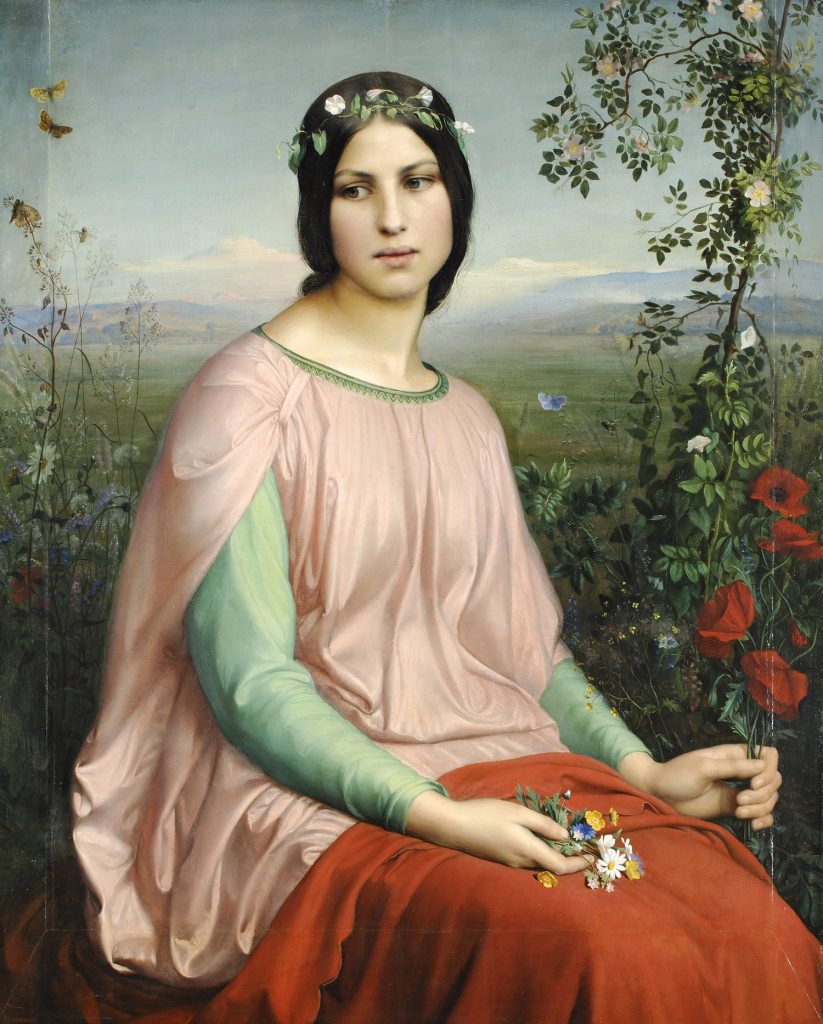The morality of perfume
07.07.2017Far from describing the benchmark work by historian Alain Corbin called The Foul and the Fragrant: Odor and the French Social Imagination, which investigates the evolution of our relationship with scent from the mid XVIIIth century in France, the following text just filches some facts regarding the beginning of modern perfumery.
As olfactory sensation is the hardest to describe and has undergone an evolutionary process in human society (different eras having different tastes and representations associated with scent) it is impossible to imagine the olfactory world over two centuries ago before our gradual progressive practices regarding daily intimate hygiene and the internalisation of the ‘smell police’ in Europe came into play.
We know that the open air was full of foul odours, rubbish, fermenting stinks and putrid pongs. We also know that body odour was not confined to private places (the latter having not yet been conceived or circumscribed) even though the edge was slowly taken off for the nobility of the Old Regime by using strong perfumes to conceal any whiffs. What we think of as an unpleasant odour was par for the course back then but to what extent was it considered rank?
In France the status of smell changed at the end of the eighteenth century and during the following century. This mutation will impact on our relationship with perfume and its evolution, its composition and social significance.
Since the Renaissance that heralded our modern age, sight was the sense denoting intellect and truth, and hearing nodded to social life with its gossip and chaos. By the end of the XVIIIth century, literature spoke of smell as « generating the great movements of the soul » (Alain Corbin). The forerunners of the future Romantic movement sang of bucolic scents, the smell of flowers, hay and foliage far away from the cloying stink of the city. The smell of the countryside gave inner life to the soul of the world making it feel at one. Heralding Romanticism, this smell became sentimental; it evoked love and the beloved. The fragrance of flowers then became associated with a very pure feeling.
Now this period in history gives birth to a new world, an industrial one focused on science, technological progress, urbanisation and the heady rise of the bourgeoisie and an industrious and wealthy society whose economic domination imposed new values and ways of behaviour. This new order sketched out and imposed a trend for hygiene that shaped the organisation of public and private life, gradually introducing washing practices and the airing of homes and enclosed spaces. Health and morality became sisters. These facts brought the status of smell at this time in line with political, moral, medical (and soon psychiatric) factors that impacted on our perception of perfume and how it was used and composed. Perfume is now used to clean a room and sheets, purify the air and set the scene for seduction. Camphor and tobacco are regarded as having preservative and cleansing properties.
Smells are an indication of elevated morals and social status. The refinement of perfume is not yet an aesthetic pleasure linked to ablutions, (meaning the art of dressing in this context) but as an indicator of good or bad habits. Perfume continues to be tarred by the centuries-old idea of indolence and idleness, the mother of all vices.
A girl with good morals must be modest; she is associated with the purity of a flower which is her hymen. Heavy fragrances are those worn by courtesans and women of low virtue donning heavy makeup. A young girl or respectable lady would never put perfume on her skin, she would dab it on specific accessories such as a hankie and the perfume would be floral in nature. The trend for floral scents was all the rage throughout the XIXth century despite some brief forays in fashion for animal scents such as musk, amber and civet. These fragrances soften and refine.
Gradually during the second half of the century, and particularly towards the tail end of it, « the aesthetics of smell became commonplace » (Alain Corbin), the profession of ‘Nose’ appeared with a vocabulary taken from music, giving birth to a new craft, the composition of olfactory harmony using small dissonances to reveal the overall harmony of a fragrance.


